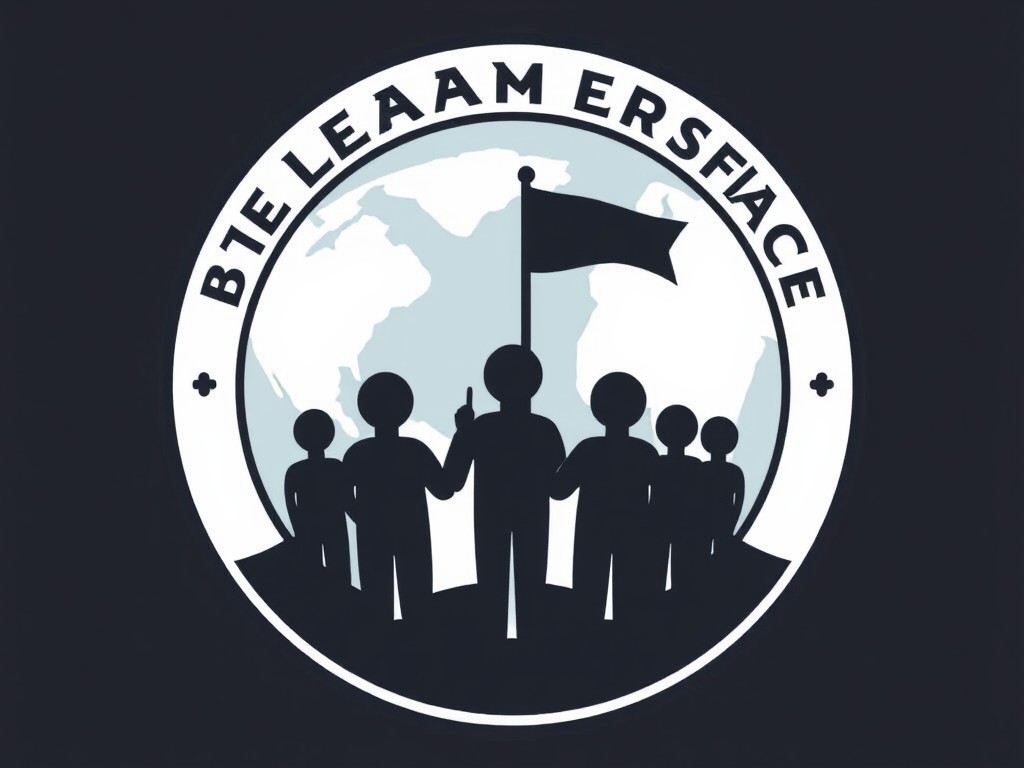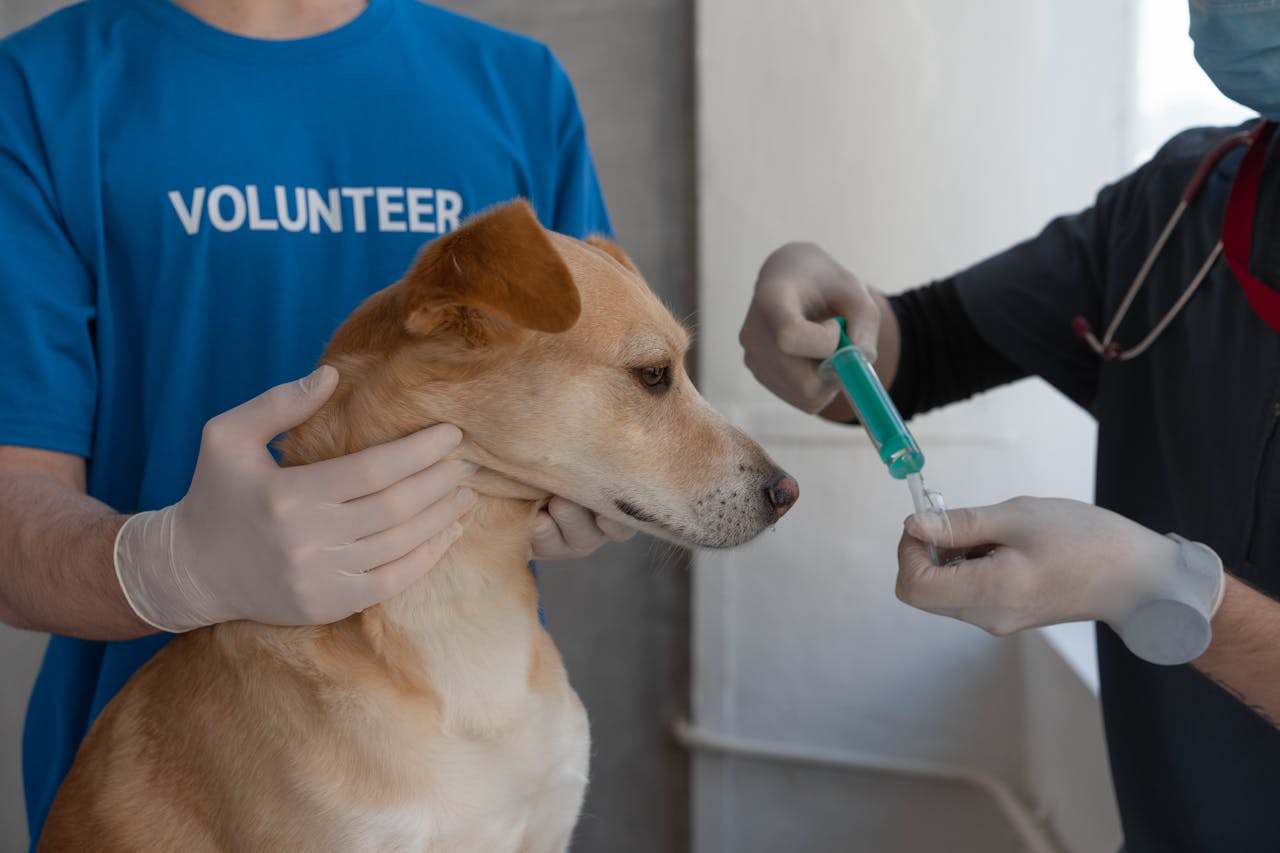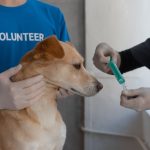Animal welfare non-profits in the UK face unique challenges, particularly when it comes to funding and visibility. Effective digital marketing strategies can help these organizations connect with supporters, raise awareness, and secure vital resources. Understanding the most impactful approaches allows non-profits to maximize their outreach and create a loyal following. This guide introduces innovative techniques tailored specifically for animal welfare organizations, providing practical tips that can lead to measurable success. Discover how to effectively amplify your mission and make a meaningful difference today.
Effective Social Media Marketing Strategies
In the realm of Social Media Marketing, non-profits focused on Animal Welfare have a unique opportunity to engage and inspire. Popular platforms such as Facebook, Instagram, and Twitter are particularly effective for reaching animal lovers. These platforms allow non-profits to share heartwarming stories, updates on animal rescues, and educational content about animal welfare issues.
Also to discover : Unlocking B2B Marketing Success: Optimal LinkedIn Ad Strategies for UK Tech Startups
Creating engaging content is key. Visual storytelling, such as sharing images and videos of rescued animals, can evoke strong emotional responses and encourage Non-Profit Engagement. Additionally, leveraging user-generated content, like photos from supporters, can further enhance community involvement.
Building a community is essential for fostering meaningful conversations. Non-profits can achieve this by hosting live Q&A sessions, creating dedicated groups for discussions, and regularly interacting with followers through comments and messages. These strategies not only enhance visibility but also strengthen relationships with supporters, ultimately advancing the cause of animal welfare.
Additional reading : Top Tactics for UK Boutiques to Craft Captivating Instagram Contests
Search Engine Optimization Techniques for Non-Profits
In the digital age, SEO Strategies are crucial for non-profits aiming to boost their Online Visibility. For animal welfare organizations, focusing on local SEO can significantly enhance their reach within specific communities. Local SEO involves optimizing your online presence to attract more business from relevant local searches. This is particularly important for non-profits that rely on local support and engagement.
Importance of Local SEO for Animal Welfare Organizations
Local SEO helps animal welfare organizations connect with nearby supporters and volunteers. By ensuring that your non-profit appears in local search results, you can increase awareness and drive more foot traffic to events or adoption drives. This involves optimizing your Google My Business listing, encouraging online reviews, and ensuring your website is mobile-friendly.
Tips for Optimizing Website Content and Metadata
Effective SEO requires strategic Keyword Research. Identify terms that potential supporters might use when searching for animal welfare initiatives. Incorporate these keywords naturally into your website content and metadata, such as titles, descriptions, and image alt texts. This practice not only improves search engine rankings but also makes your content more relevant to your audience.
Case Studies of Successful SEO Implementations in Non-Profits
Several non-profits have successfully leveraged SEO to enhance their online presence. For instance, a local animal shelter optimized its website for keywords like “pet adoption near me” and saw a 50% increase in website traffic. Another organization focused on creating content around trending animal welfare topics, resulting in higher engagement rates. These examples underscore the impact of well-executed SEO strategies in driving non-profit success.
Email Campaigns and Fundraising Efforts
In the realm of Email Marketing, crafting compelling email newsletters is essential for enhancing Donor Engagement and boosting Fundraising efforts. A well-structured email should include a captivating subject line and a clear call-to-action (CTA) that encourages recipients to take immediate action, such as donating or volunteering. Including engaging visuals and success stories can also help to emotionally connect with donors.
Segmentation Strategies for Personalized Outreach
To maximize the effectiveness of email campaigns, segmentation strategies are crucial. By dividing your email list into specific groups based on criteria such as donation history, interests, or geographic location, you can tailor your messages to resonate more deeply with each segment. Personalized outreach not only increases the likelihood of engagement but also fosters a stronger connection between the non-profit and its supporters.
Analyzing Email Campaign Performance for Continuous Improvement
Regularly analyzing the performance of your email campaigns is vital for continuous improvement. Track metrics such as open rates, click-through rates, and conversion rates to assess the success of your strategies. This data-driven approach allows non-profits to identify what works and what doesn’t, enabling them to refine their tactics and enhance future Fundraising efforts.
Collaborations and Partnerships with Stakeholders
In the animal welfare sector, Stakeholder Collaboration is a pivotal strategy for amplifying impact. Identifying potential partners involves researching organizations with aligned missions, such as local shelters, veterinary clinics, and advocacy groups. These partnerships can enhance resources and reach, allowing for more effective community engagement.
Best Practices for Building and Maintaining Partnerships
Building Community Partnerships requires transparent communication and shared goals. Establish regular meetings to ensure all parties are aligned and can contribute equally to joint efforts. Clearly define roles and responsibilities to avoid misunderstandings. Maintaining these relationships involves continuous dialogue and evaluation of partnership outcomes, ensuring mutual benefits and sustained collaboration.
Successful Examples of Collaborative Campaigns
Joint Campaigns have proven successful in raising awareness and driving action. For instance, a partnership between a local animal shelter and a veterinary clinic resulted in a free vaccination drive, significantly increasing community participation. Another example includes a collaboration between multiple non-profits to launch a regional adoption event, which doubled adoption rates. These examples highlight the power of strategic alliances in the animal welfare sector.
Addressing Challenges Faced by Non-Profits
In the world of digital marketing, Non-Profit Challenges are numerous, particularly for animal welfare organizations. These challenges often include limited budgets, resource constraints, and adapting to rapidly changing digital landscapes.
Common Obstacles in Digital Marketing
One of the primary obstacles non-profits face is the lack of financial resources to invest in comprehensive digital marketing strategies. This can limit their ability to reach wider audiences and effectively promote their cause. Additionally, many organizations struggle with resource allocation, balancing the need to fundraise with the need to increase awareness and engagement.
Strategies for Maximizing Limited Resources
To overcome these challenges, non-profits must adopt creative strategies for resource allocation. Leveraging free or low-cost tools, such as social media platforms and email marketing services, can help maximize outreach without straining budgets. Collaborating with volunteers who possess digital marketing expertise can also be a cost-effective way to enhance online presence.
Adapting to Changing Digital Landscapes
The digital landscape is constantly evolving, presenting both opportunities and challenges for non-profits. Staying informed about the latest trends and technologies is crucial. This might involve attending webinars, participating in online forums, or subscribing to industry newsletters. By being proactive and adaptable, non-profits can better navigate these changes and continue to drive their mission forward.
Measurement and Optimization of Campaigns
In the realm of digital marketing for non-profits, understanding Campaign Analytics is crucial for evaluating success and driving improvements. By focusing on Performance Metrics, organizations can gain insights into what works and what doesn’t, allowing for informed decision-making.
Key Performance Indicators for Evaluating Marketing Success
To effectively measure marketing success, non-profits should focus on several Key Performance Indicators (KPIs). These include metrics such as engagement rates, conversion rates, and return on investment (ROI). Engagement rates, for instance, help assess how well content resonates with the audience, while conversion rates measure the effectiveness of calls-to-action in prompting desired actions.
Tools and Techniques for Tracking Campaign Effectiveness
There are various tools available to track the effectiveness of marketing campaigns. Google Analytics, for example, provides comprehensive data on website traffic and user behaviour. Social media platforms also offer built-in analytics tools that help track engagement and reach. By utilizing these tools, non-profits can monitor performance and gather valuable insights.
Iterative Processes for Refining Strategies Based on Data Insights
Optimization of campaigns is an ongoing process. By adopting Optimization Strategies, non-profits can refine their approaches based on data insights. This involves regularly reviewing performance metrics and making adjustments to improve outcomes. For instance, if a particular type of content is performing well, organizations can focus on creating similar content to maintain engagement. This iterative process ensures that marketing efforts remain effective and aligned with organizational goals.






